Cable Terminology: What’s the Difference?
Sometimes we get so caught up in new technology and trends that we forget about basic cable terminology and the components necessary to establish Layer 0, or network infrastructure, to support this technology.
When discussing structured cabling systems, it’s important to make sure that everyone’s on the same page and using the same language. Otherwise, a seemingly simple task or project could develop some bumps in the road due to miscommunication.
To begin, structured cabling refers to the design and installation of network infrastructure, and includes all category cabling, fiber and connectivity within.
In this blog, we’re going back to the basics of cable terminology, explaining the difference between a jack and a plug, a cable and a patch cord, and a few other important components that are sometimes misidentified.
Connector

The connector is the component used to connect a cable or device to another cable or device. Connectors are essential to a structured cabling system because they support the continuous transfer of power and/or data throughout a network or data center. A connected jack and plug is considered a connector.
Jack
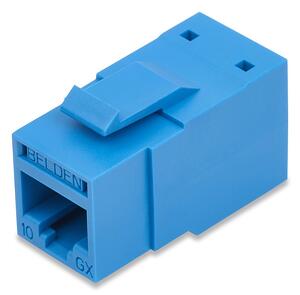
A jack is a female-ended half of the connector that is typically mounted in a wall plate or found at the end of a cable. Because this half of the connector is “open,” it’s able to receive something (something can be plugged into it) and hold it in place, such as a cable or device. In our world, there are different types of jacks, including keystone, RJ45 and REVConnect jacks.
Plug

A plug the male-ended half of the connector that is attached to the end of a cable. It connects into something, such as a jack or a port. In the data communications industry, the eight-pin modular plug, RJ45, is almost exclusively used.
Port
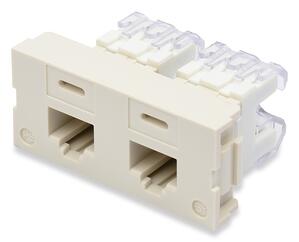
Similar to a jack, a port is another female-ended connector that can be found in a patch panel or switch. It supports an active connection to the enterprise network by holding a male-ended connector in place.
Wire
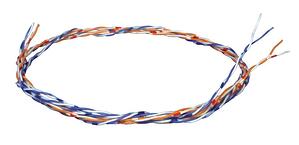
The word “wire” is often used to describe a cable, but it really describes all the wires that can be found inside a cable.
Cable
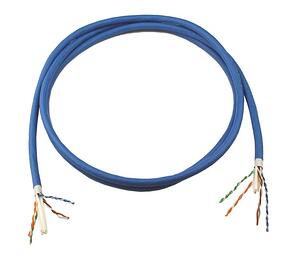
As mentioned above, a cable contains all of the wires used to transmit data and/or power. A plastic covering (or “cable jacket” – see the definition below) keeps them contained together and spaced appropriately.
Cable Jacket
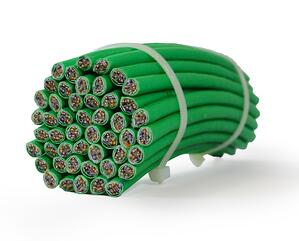
The cable jacket is the outside of a cable. It provides the first line of defense against moisture, chemicals, abuse, etc. The cable jacket also features information about a cable’s flammability rating, temperature rating, manufacturer, gauge size, etc. (In a future blog, we’ll go over all of the information you can find on a typical cable jacket.)
Patch Cord/Cable
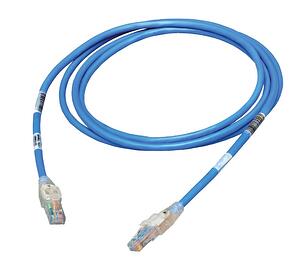
A patch cord is a shorter length of cable that features plugs on both ends. Its purpose is to connect two devices together across short distances in a network environment.
When it comes to incorrect cable terminology, what else would you add to this list? Are there terms you’ve heard misused? Make sure you subscribe to our blog so you don’t miss the blog we mentioned earlier, where we talk through the information that can be found on a cable jacket – and why it’s important.
